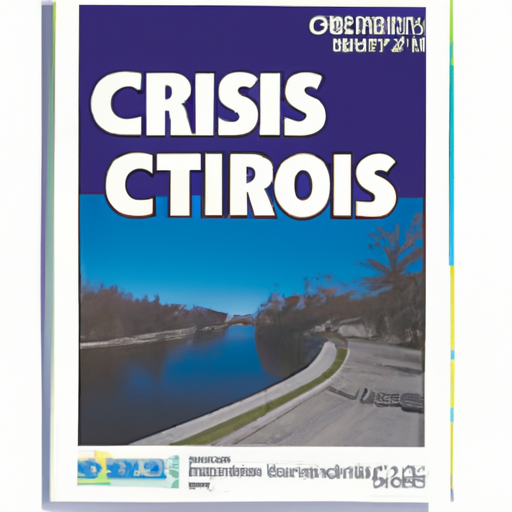The Ongoing Opioid Crisis in Canada and Targeted Efforts to Abate the Catastrophe
The opioid crisis continues to wreak havoc in various parts of the globe with Canada being notably impacted. This ongoing pandemic is indeed a public health crisis of unprecedented proportions, inflicting a profound fiscal toll on the Canadian healthcare system, and a profound emotional and physical toll on Canadian citizens. This blog post delves into the expected effects of the opioid crisis and discusses the latest efforts at combating it, most notably, the Canadian opioid abatement class action.
The Pervasive Effects of the Opioid Crisis
The devastating effects of the opioid crisis in Canada are far-reaching and multifaceted. It is an issue that exacerbates social inequities, unemployment, homelessness, and crime rates. Furthermore, these repercussions are not distributed evenly, but tend to disproportionately target vulnerable individuals and communities already grappling with social determinants of health such as poverty, trauma, and homelessness.
Homelessness and Crime Rates
The connection between the opioid crisis and social determinants of health is evident in the spike of homelessness and crime rates. This correlation is no sheer coincidence. Individuals experiencing homelessness are significantly more vulnerable to addiction, including opioid use, and their precarious living conditions often make ascension from the pit of addiction an uphill battle.
Opioid addiction is also a driver of increased crime rates. As treatment and support become inaccessible for some, engaging in illegal activities such as theft or drug trafficking often becomes the only feasible path to support their addiction, consequently causing crime rates to soar.
Counteracting the Opioid Crisis: The Canadian Opioid Abatement Class Action
Canada’s response to this escalating epidemic includes a variety of strategies aimed at harm reduction, prevention, treatment, and enforcement. The Canadian opioid abatement class action is a salient step targeted at holding opioid manufacturers and distributors accountable for their alleged role in creating and exacerbating this public health crisis.
The Role of Naloxone
Naloxone, an opioid antagonist used to reverse the effects of an opioid overdose, has been a crucial tool in battling the opioid crisis. Increasing accessibility and distribution of naloxone kits to the public is one such critical frontline strategy. In many provinces, naloxone kits are free of charge and available to anyone, significantly reducing the risk of fatal overdose.
Key Points to Note:
- The opioid crisis has a profound impact on social determinants of health, contributing to a surge in homelessness and crime rates in Canada.
- The Canadian opioid abatement class action is a requisite effort to hold opioid manufacturers and distributors accountable for their alleged role in the public health crisis.
- Naloxone remains a critical tool in mitigating the consequences of the opioid crisis, with increased efforts to make it freely accessible to the public.
Closing Thoughts
In conclusion, the opioid crisis is a complex and deeply entrenched issue with far-reaching and devastating impacts on society. It is necessary to view this through a holistic lens, appreciating the interconnectedness of social determinants of health and substance use. Efforts like the Canadian opioid abatement class action signify a powerful progressive move against those responsible for facilitating the opioid crisis. Furthermore, improving accessibility to life-saving interventions like naloxone is pivotal. Together, governments, healthcare providers and communities can work cohesively towards mitigating the impact of this public health crisis.
